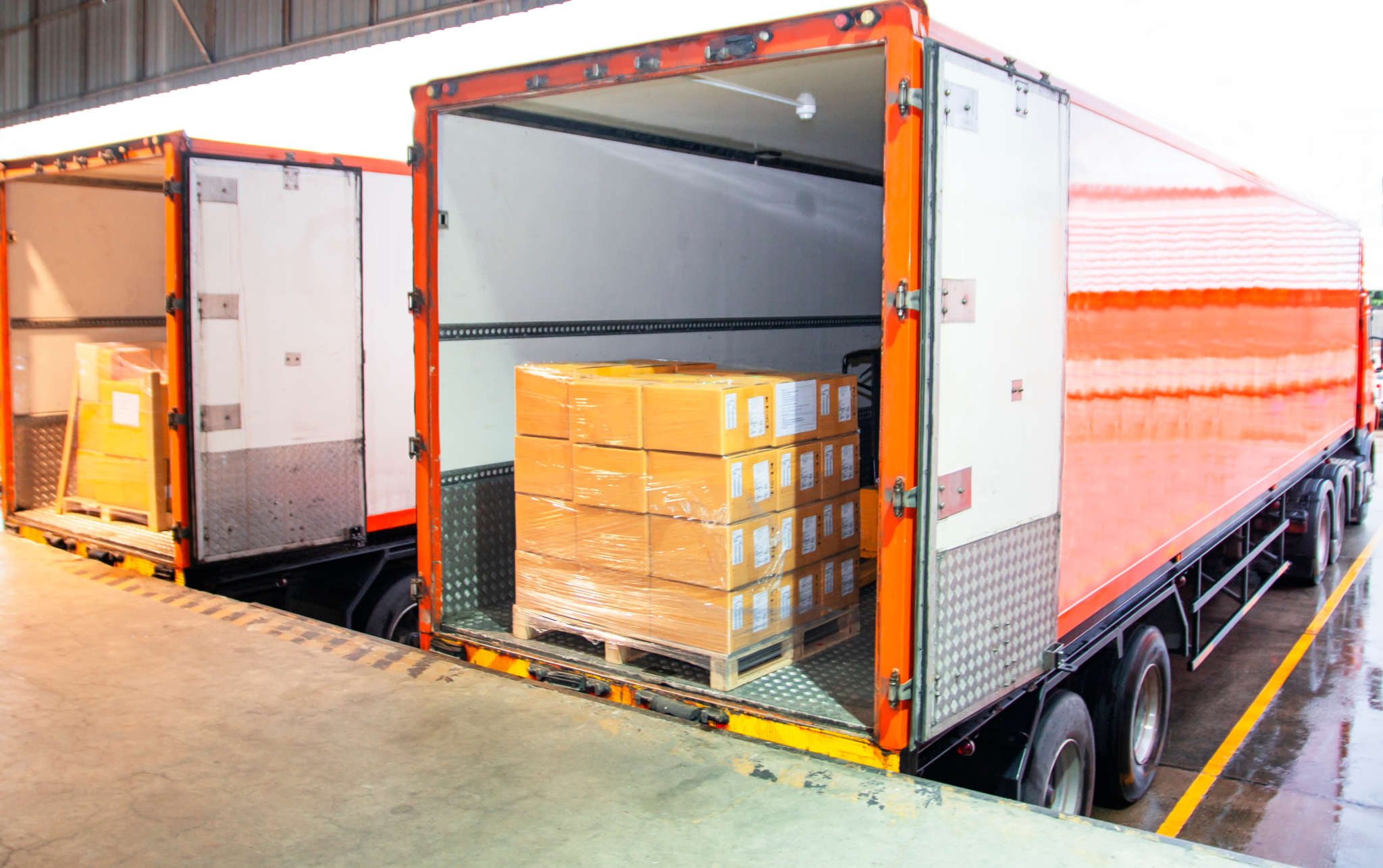Tips from a Broker: How Carriers Can Better Negotiate with Brokers – Part 3

Find your next load
Make more money starting now.
Have you ever wondered how your broker colleagues book the freight you haul?
So much goes on in our everyday life behind the scenes that we don’t know about, and quite frankly don’t really care. Especially in the logistics portion of our lives. Amazon is the king of this—and the king of promoting it!
“Don’t worry about how we do it or what we do. Just know that whatever you buy, it will be at your house in two days or less!”
This is all good and well when it comes to the consumer side of things; it’s blissful to be ignorant of the logistical whereabouts of your toothpaste. However, when we’re talking about the business of trucking, it is of tremendous benefit to know how your colleague – the freight broker – does their job and what goes on behind the scenes.
On the other side of things, it should be said that it might actually be detrimental for a truck driver or owner-operator not to know how the broker does their job.
Colleague (as used above) is an important adjective that I use to describe the freight broker. Too often the broker and truck driver are looked at as enemies as opposed to colleagues. However, if there is one conclusion we can draw from Part 1 of the discussion, it is the fact that these two parties are working together to solve a common goal, and even more than that, neither of them can solve the problem of moving freight without the other! The two parties need to act like colleagues instead of enemies to help ease the tension that’s created when talking about the transportation of freight.
Learn what the other does, how they operate, and how they do what they do on a daily basis because knowing the ins and outs will only make it easier, less confrontational, and more efficient in coming to an agreement in the end for the parties involved. Again, it all comes down to asking questions and develop relationships.

Understand the 3 Primary Ways Freight is Offered
In today’s world of constantly evolving and developing technology and the instant gratification mindset many have, the fast-paced world of logistics is trending and leaning more and more on technology to drive its operations. This has led to a very diverse and ever-changing way that shippers and logistics arms are tendering their freight offerings to carriers and brokers. If the driver or carrier could understand more about how freight is tendered, they will be better equipped to ask the appropriate questions and react accordingly. This is an instrumental piece in the decision-making process when booking freight. When we are dealing with an industry where mere seconds could be the difference in winning or losing a load, understanding the process and what you are dealing with is pivotal in making the best and quickest decisions for your business.
There are many different ways to tender freight and most fall into one of the three core ways explained here.

1. Direct Tenders
These loads are based on previously negotiated contractual agreements and usually have a committed volume and set rate. They are generally booked loads that a broker and/or carrier has to get moved based on their contract. No other company has an opportunity to move this freight other than the one that is posting it, and generally as such you only see one company posting the lane or load. There are many different ways to handle the negotiation process with this kind of freight, so it’s important to handle it delicately and take your time.

2. “Blast Out” Bids
This is not industry terminology rather more of a personal term, but you get the idea. These are loads in which the customer has gathered a core list of carriers and brokers over time that they work with on a regular basis. Then, through multiple avenues and technologies, they “blast out” the loads to their core list of carriers so they can compete with one another as to who can cover the freight. Sometimes the brokers are privy to the competition’s rates, and the lowest bidder wins. Other times they are not, and you must submit your best bid to see if you win the freight. Either way, the brokers and carriers in this situation almost never know who or how many companies they’re competing with. The bottom line in this scenario is to submit your best price to move the freight and to do so as quickly as possible.
Other instances of blast outs are when the customer sets their own rate, and the fastest core carrier to answer the bid wins. Of course, the customer also uses past history and relationships in their decision-making process, so favoritism often plays a role in this type of freight offering. With this type of load offering, you often see multiple brokers and carriers posting the same lanes and loads. They all get posted at the same time, and everyone really does have an opportunity to get the freight. The problem is that speed, price, and service play a role here which means you have to play your cards wisely.

3. Good Old-Fashioned Relationship Freight
These loads are not based on contracts. They aren’t based on rate. They aren’t even based on speed. This is a situation in which the customer and the broker/carrier have developed a good, long-standing relationship, and the customer just flat out trusts the broker/carrier that they will move their freight for a fair rate, and they provide exceptional customer service while doing so.
They trust in this relationship so much that they don’t even bother calling or offering the freight to anyone else other than their preferred carrier/broker, and they provide them with ample time to find a truck driver for the loads. There are lots of avenues at play here, and it’s important to know your broker in order to best navigate how to treat this type of freight offering in the negotiation process.
Which one is your customer using? If you know, you have an idea how you can react to the posting if you see multiples. You can also advise the broker to act on the lane in the future.
In Part 4 of this series, we’ll talk more about how to navigate the negotiation process and offering processes involved in the various types of freight. Stay tuned!
Take a look at Part 1 in this series: Tips from a Broker
Take a look at Part 2 in this series: Tips from a Broker
Take a look at the Truckstop Load Board to see how it can help your business.
 Tyler Johnston has spent 6 years at Mercer Transportation where he is a Freight Operations Manager.
Tyler Johnston has spent 6 years at Mercer Transportation where he is a Freight Operations Manager.

Find out how our platform gives you the visibility you need to get more done.
Get helpful content delivered to your inbox.
Schedule a demo.
Find out how our platform gives you the visibility you need to get more done.





